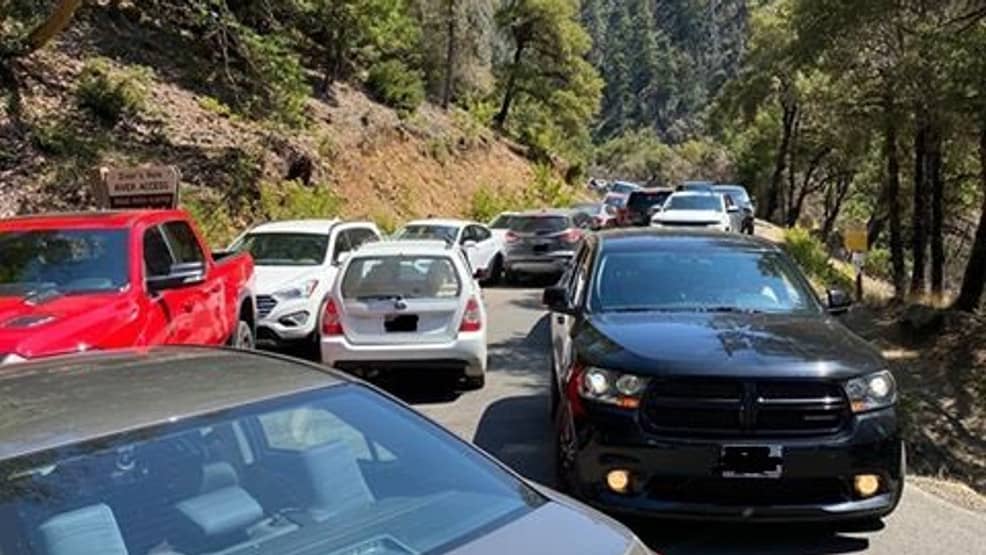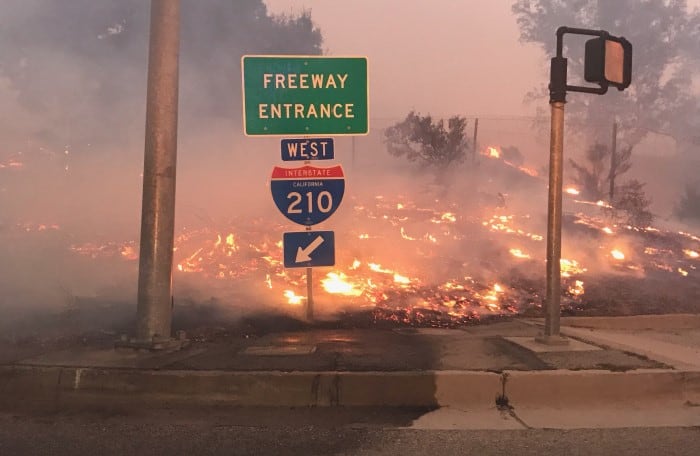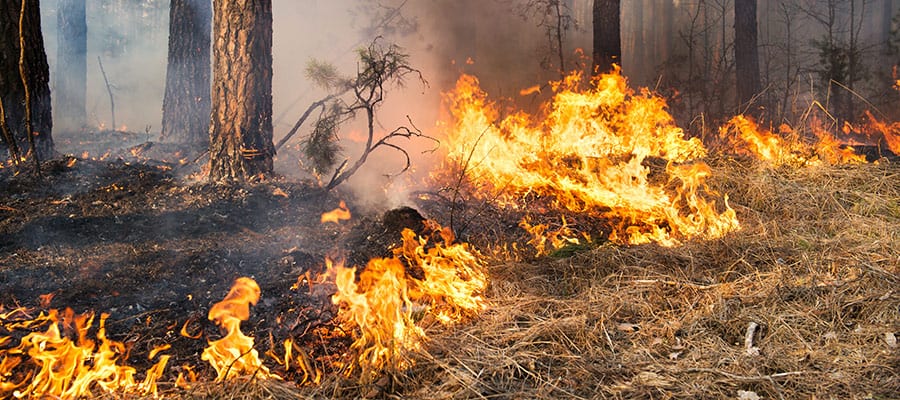
Air tanker retardant drops helped slow spread of Fir Mountain Fire south of Hood River.
This is a WaPo op-ed from 2017. IMHO it has not weathered (or should I say climated?) well over time. It’s also an example of View 1 from my post here. But if we look at news coverage of fires today, the dominant narrative is catastrophe by climate change. This sentence is probably the least apt for today (although it never was true).
We can no more suppress forest fires during extreme fire weather than we can stand on a ridgetop and fight the wind. It is hubris and folly to even try. Fires slow and stop when the weather changes.
Chad Hanson is a research ecologist with the John Muir Project and is co-editor and co-author of “The Ecological Importance of Mixed-Severity Fires: Nature’s Phoenix.” Mike Garrity is executive director of the Alliance for the Wild Rockies.
The American West is burning, Sen. Steve Daines (R-Mont.) tells us in his recent Post op-ed. He and officials in the Trump administration have described Western forest fires as catastrophes, promoting congressional action ostensibly to save our National Forests from fire by allowing widespread commercial logging on public lands. This, they claim, will reduce forest density and the fuel for wildfires.
But this position is out of step with current science and is based on several myths promoted by commercial interests.
The first myth is the notion that fire destroys our forests and that we currently have an unnatural excess of fire. Nothing could be further from the truth. There is a broad consensus among scientists that we have considerably less fire of all intensities in our Western U.S. forests compared with natural, historical levels, when lightning-caused fires burned without humans trying to put them out.
There is an equally strong consensus among scientists that fire is essential to maintain ecologically healthy forests and native biodiversity. This includes large fires and patches of intense fire, which create an abundance of biologically essential standing dead trees (known as snags) and naturally stimulate regeneration of vigorous new stands of forest. These areas of “snag forest habitat” are ecological treasures, not catastrophes, and many native wildlife species, such as the rare black-backed woodpecker, depend on this habitat to survive.
Fire or drought kills trees, which attracts native beetle species that depend on dead or dying trees. Woodpeckers eat the larvae of the beetles and then create nest cavities in the dead trees, because snags are softer than live trees. The male woodpecker creates two or three nest cavities each year, and the female picks the one she likes the best, which creates homes for dozens of other forest wildlife species that need cavities to survive but cannot create their own, such as bluebirds, chickadees, chipmunks, flying squirrels and many others.
More than 260 scientists wrote to Congress in 2015 opposing legislative proposals that would weaken environmental laws and increase logging on National Forests under the guise of curbing wildfires, noting that snag forests are “quite simply some of the best wildlife habitat in forests.”
That brings us to myth No. 2: that eliminating or weakening environmental laws — and increasing logging — will somehow curb or halt forest fires. In 2016, in the largest analysis ever on this question, scientists found that forests with the fewest environmental protections and the most logging had the highest — not the lowest — levels of fire intensity. Logging removes relatively noncombustible tree trunks and leaves behind flammable “slash debris,” consisting of kindling-like branches and treetops.
This is closely related to myth No. 3: that dead trees, usually removed during logging projects, increase fire intensity in our forests. A comprehensive study published in the Proceedings of the National Academy of Sciences thoroughly debunked this notion by showing that outbreaks of pine beetles, which can create patches of snag forest habitat, didn’t lead to more intense fires in the area. A more recent study found that forests with high levels of snags actually burn less intensely. This is because flames spread primarily through pine needles and small twigs, which fall to the ground and soon decay into soil shortly after trees die.
Finally, myth No. 4: that we can stop weather-driven forest fires. We can no more suppress forest fires during extreme fire weather than we can stand on a ridgetop and fight the wind. It is hubris and folly to even try. Fires slow and stop when the weather changes. It makes far more sense to focus our resources on protecting rural homes and other structures from fire by creating “defensible space” of about 100 feet between houses and forests. This allows fire to serve its essential ecological role while keeping it away from our communities.
Lawmakers in Congress are promoting legislation based on the mythology of catastrophic wildfires that would largely eliminate environmental analysis and public participation for logging projects in our National Forests. This would include removing all or most trees in both mature forests and in ecologically vital post-wildfire habitats — all of which is cynically packaged as “fuel reduction” measures.
The logging industry’s political allies have fully embraced the deceptive “catastrophic wildfire” narrative to promote this giveaway of our National Forests to timber corporations. But this narrative is a scientifically bankrupt smoke screen for rampant commercial logging on our public lands. The American people should not fall for it.





